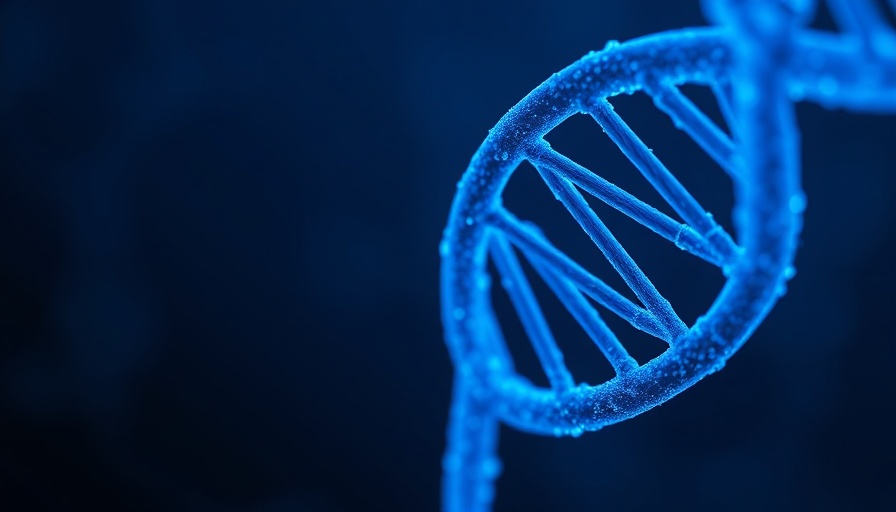
Revolutionizing Treatment: The Emergence of Personalized Therapies
The medical landscape is evolving rapidly, particularly in the realm of rare genetic diseases where traditional treatments have often faltered. Thanks to advancements in technology and a deeper understanding of genetic conditions, personalized therapies are paving the way for new possibilities. Central to this evolution is a groundbreaking study from Children's Mercy Kansas City, which showcases how patient-derived organoids can provide tailored therapeutic options for those with previously untreatable conditions.
Breaking Down the Science: How Patient-Derived Organoids Work
Organoids—tiny, lab-grown versions of organs—are instrumental in personalized medicine. By utilizing induced pluripotent stem cells (iPSCs) derived from patients' blood, doctors can create three-dimensional cell models that closely mimic the patient's own tissue. This innovative method not only facilitates a better understanding of disease biology but also aids in the efficient testing of various therapeutic interventions.
The Power of Speed: From Diagnosis to Treatment
One of the most significant barriers in treating rare genetic diseases has been time. Traditional methods for generating iPSCs could take more than a year and cost between $5,000 to $10,000. However, with the new method developed by Children's Mercy, iPSCs can be produced in just two to three weeks at a fraction of the cost—less than $500 per patient. This transition from a year-long process to just weeks represents a monumental shift, allowing families to progress from blood draw to diagnosis and treatment recommendation in as little as one or two months.
Success Stories: Real-World Applications of Personalized Therapies
In their research, the team at the Children’s Mercy Genomic Medicine Center validated their process using biological samples from children with Duchenne muscular dystrophy. With the ability to restore dystrophin protein expression—an essential component in muscle function—using both FDA-approved and customized ASOs, the results demonstrate not just the feasibility of this approach, but its effectiveness. Imagine knowing that a child’s treatment could be tailored specifically to their unique genetic makeup; the implications are vast and heartening.
Clinical Implications: What This Means for Practitioners
For health practitioners, staying informed about such advancements can significantly enhance how they approach patient care. As these personalized therapies gain validation, incorporating organoid technology into practice could lead to better patient outcomes. Practitioners must recognize the potential for a shift in treatment paradigms and prepare for the integration of these innovative methods into their patient management strategies.
Looking Ahead: The Future of Personalized Medicine
The landscape of rare disease treatment is on the cusp of a transformative shift. As institutions like Children’s Mercy Kansas City continue to refine personalized therapies through organoid applications, broader access to these healthcare innovations could become a reality. The future may hold a paradigm where precision medicine is not just an option, but the standard for managing complex genetic disorders.
Final Thoughts: The Role of Technology in Healthcare
Understanding and leveraging advancements such as those seen in the Children’s Mercy study can position practitioners at the forefront of medical innovation. As technology continues to intertwine with healthcare, the importance of continuous education and adaptation in practice cannot be overstated. Personalized therapies are just one of many future-forward trends that could enhance clinical outcomes, setting a premium on patient-centric care.
 Add Row
Add Row  Add
Add 






Write A Comment